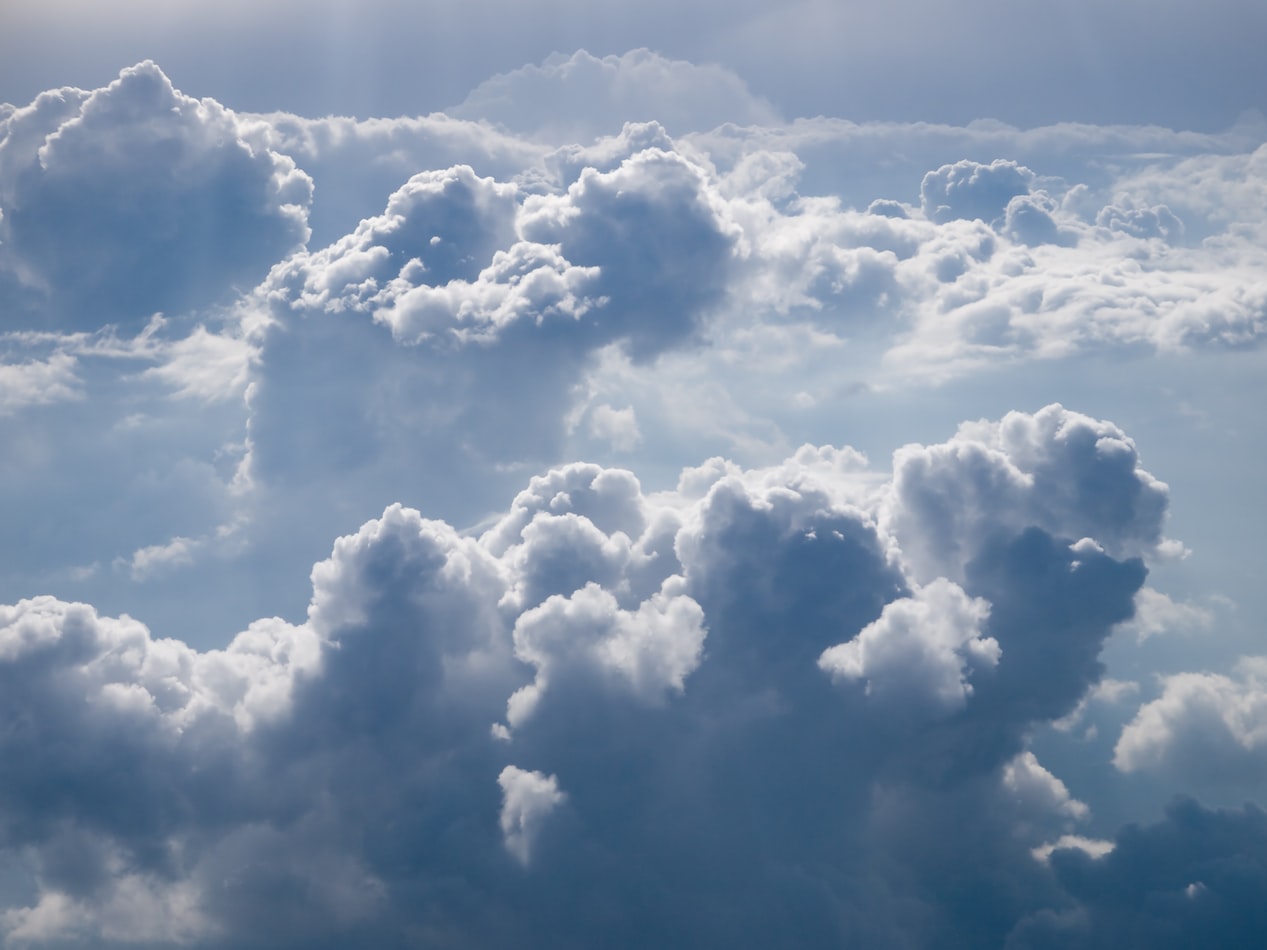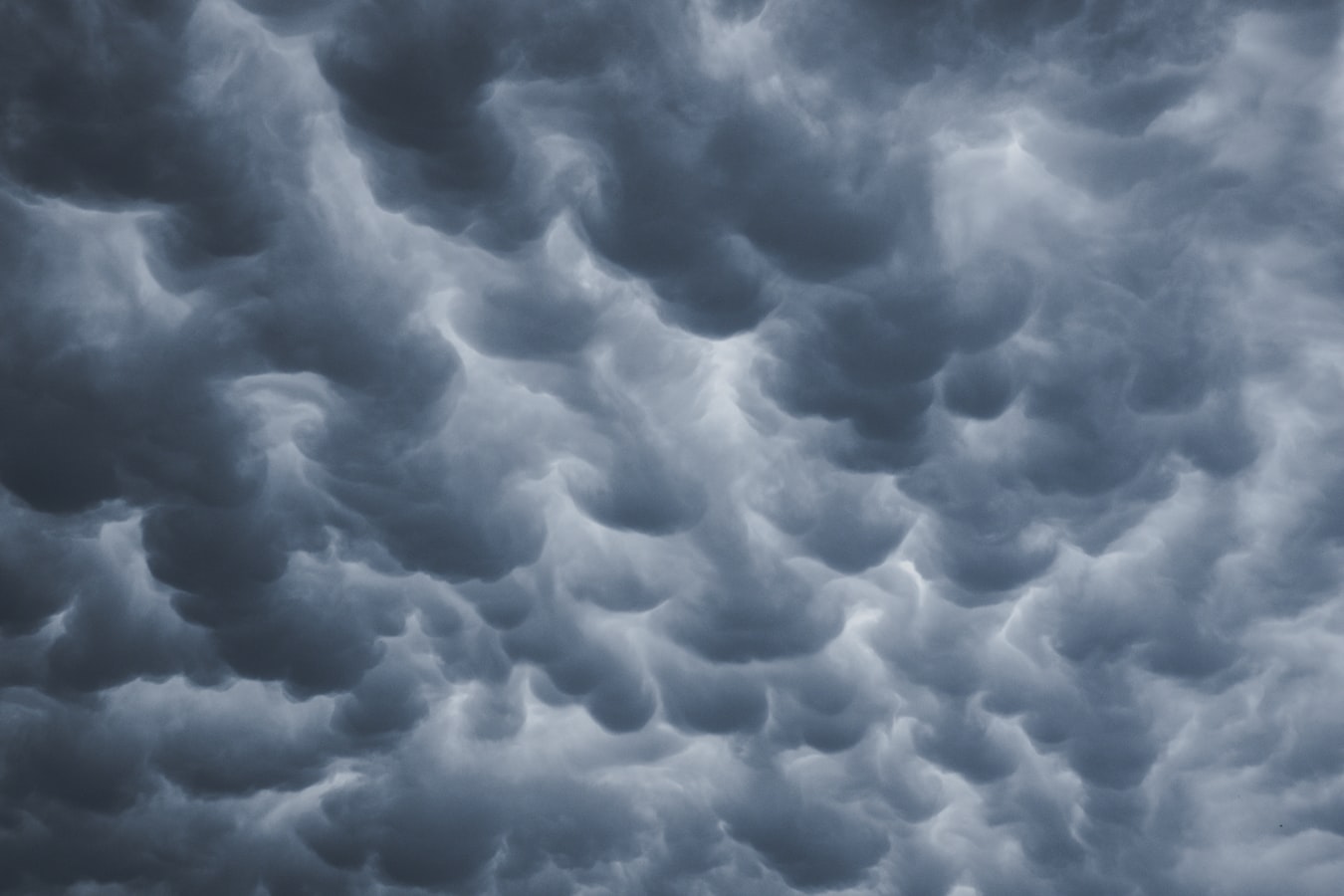As some of you might already know, I live in El Salvador. The climate over here lies in a sweet spot between tropical and north-like seasons changing. This sounds interesting but translates into having more and less heat across the whole year; meaning a generous amount of rain from March to October. Is in this particular time frame in which I turn on into meteorologist mode.
My first encounter with clouds' diversity wasn't exactly at school but thanks to my father. In his younger years, he studied to become a pilot and learned a lot about clouds. It still amazes me how he can distinguish between different types of clouds in the sky, and of course, he loves outsmarting weather apps and guys from the news predicting rain for the upcoming days.
Back to my seasonal hobby, I somewhat learned how to read station models and old-fashioned weather maps. Up to this day, I can vaguely distinguish between a couple of types of clouds and get hyped when spotting a cumulonimbus in the distance. While lecturing-myself about this fascinating discipline, I noticed my country is rewarded with an interesting mixture of clouds forming all at once!
On Photographing Clouds
When telling stories with a camera, empty skies tend to be a bit boring. That's why so many photographers engage their scenes with a clear intention of capturing clouds in specific ways. These formations instantly help to deliver a dramatic or moody effect; and today, I'll share the bare bones of how to classify them.
Whether they are the main subject of your shot or just a tool for achieving a natural smooth light, clouds are an important companion in photography. Especially if you are into cityscapes and landscapes of course.
Did you know that there's an actual way of reporting clouds? Yup, the International Cloud Atlas provides a common language to communicate sightings like this. This effort is possible thanks to the World Meteorological Organization and is extremely useful for ensuring a consistent jargon among enthusiasts and observers around the world.
Basic Cloud Types
This is perhaps the most basic cloud classification system you'll find and follows a simple logic. As height increases in the atmosphere, different cloud shapes are produced. This ain't a universal law of course and you'll likely see a mixture of formations from ground-level, but is a good starting point.
- Low-level clouds are scattered below 2 km or 6,500 ft high. Here you can expect to find cumulus, stratus and stratocumulus. The first are usually rounded, puffy, and white; the classic cloud. Then stratus clouds are flat and greyish, and stratocumulus clouds are puffy greyish with noticeable patches of clear sky between them.
- Middle-level clouds span from 2 km (6,500 ft) up to 6 km or 20000 ft high. This thick layer of atmosphere gets filled with altocumulus, nimbostratus and altostratus clouds. Altocumulus are generally rounded bodies aligned in parallel bands, nimbostratus is the dramatic thick and dark grey clouds, and altostratus tends to look like bluish-grey sheets covering the sky.
- High-level clouds like cirrus, cirrocumulus and cirrostratus lie above the 6 km (20,000 ft) mark up to 12 km or 40,000 ft. Cirrus clouds are thin and paint-brush-like and are my favourite because they usually mean chilly weather. Cirrocumulus are like a match made between cirrus and cumulus, hence the name, and they are small, white and often arranged in rows. Last but not least, cirrostratus are those semi-transparent streaks that veil the entire sky.
Remember that funny reference to Up from before? Well, cumulonimbus clouds span from low to high altitudes! These are easy to recognise thanks to their towering anvil-like shape, they are quite apocalyptic and offer clear signs of a thunderstorm approaching to us!

Let's See some Clouds!
But before rushing into the inspiration zone, here's a humble chart for making things easier for you:
Now, let's delight ourselves with some breathtaking images of clouds captured in the wild!









Advanced Composition will ensure you create breathtaking images. Get more out of your photographs by taking images that will truly capture your creative vision. If you’d like to improve your composition skills and learn concepts that go beyond the rule of thirds, do take a look at Kent DuFault’s guide.










Beyond knowing the fancy names given for these formations, the most important thing you always need to remember when photographing clouds is to have a clear purpose in mind. Telling meaningful stories with images ain't an easy task, but keeping an eye on your concept will make the task a bit easier for sure.








1 Comment
These cloud photos are beautiful. Thanks for such an interesting article. At The Rabbit Sanctuary in Australia we need to know lots about photography so we can take good photos of rabbits for adoption to help them get good homes.